Discovered by the Europeans in the 18th century, the Austral Islands are situated 400 miles to the southwest of Tahiti. The archipelago consists of seven islands, of which only five are inhabited. Air Tahiti flies to four of the islands. Renowned for their agricultural produce, there are also archeological remains hidden on each island which bear witness to the rich and vibrant culture which existed in pre-European times.
Why choose the Austral Islands
Whale watching
The warm climate of the Austral Islands attracts humpback whales to visit each year to reproduce and nurture their young. They can be seen from August to October, especially in the waters of Rurutu and Tubuai. While the females dance a protective ballet with their calves, the males sing their captivating songs, to the delight of the privileged observers. A moment of pure enchantment.
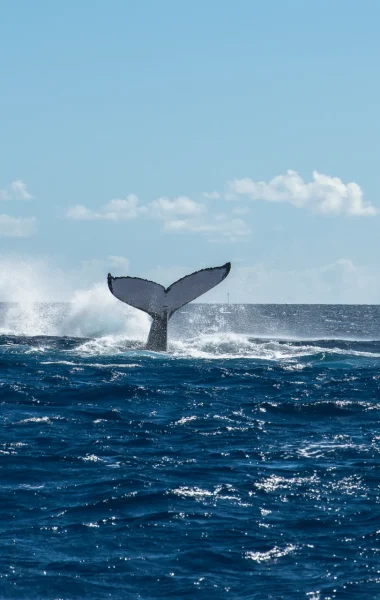
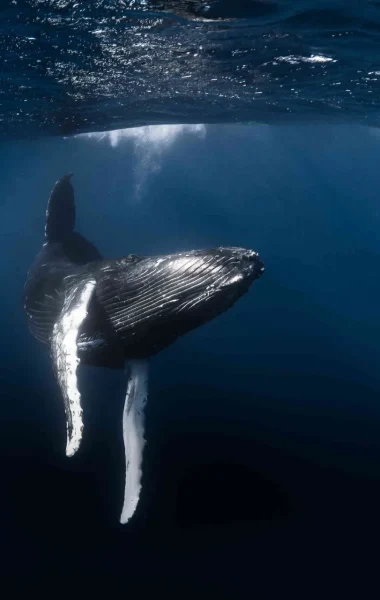
Little known archeological sites
There are many sites dating from pre-European times, notably on the islands of Tubuai, Raivavae and Rimatara. Most have been abandoned and are overgrown with luxuriant vegetation, but some are well-kept and certainly worth the visit. A local guide or your hosts will be able to show them to you and tell you some of the history and legends surrounding the marae and other sites.
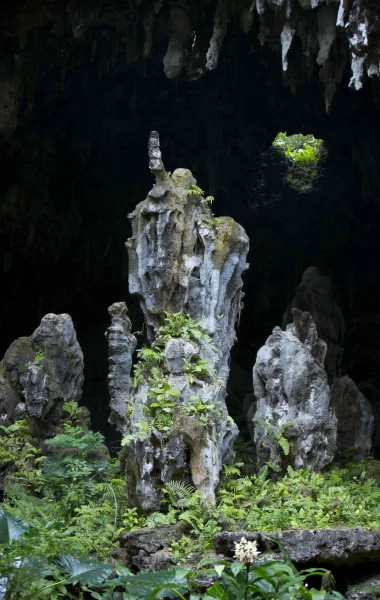
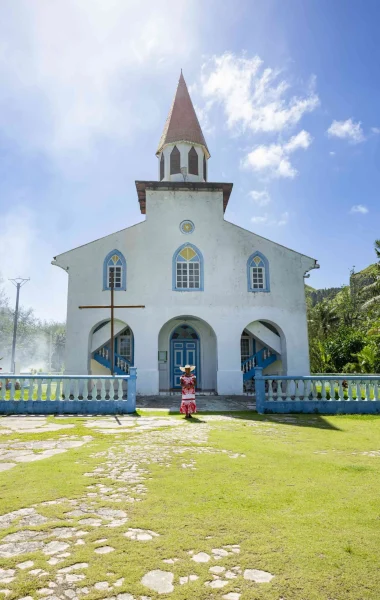
Rugged beauty
In Tubuai and Raivavae, the turquoise sea in the lagoon is crystal clear and the soft sandy beaches are startlingly white. The abrupt cliffs of Rurutu face the ocean proudly and are dotted with caves which seem to conceal a mysterious past. Ornithologists will delight in the island of Rimatara. The smallest island in the archipelago, it is home to Kuhl’s Lorikeet, a beautiful and precious litte bird in danger of extinction. Its local name is the vini ‘ura and it is cherished by the local population.
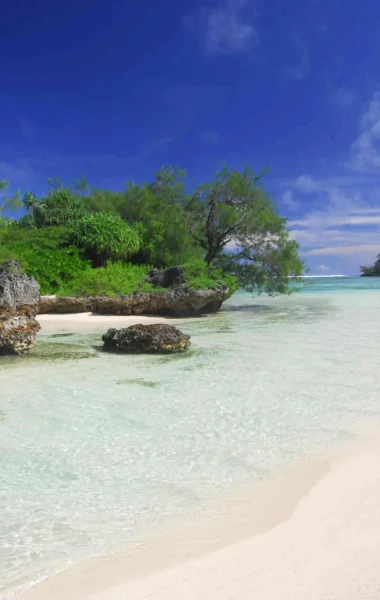
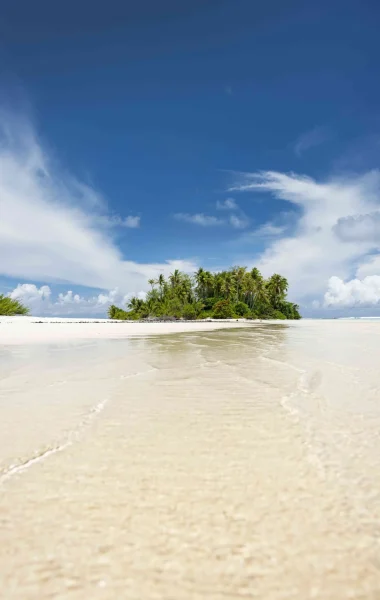
Not to be missed
What to do in the Austral Islands
As a change from whale watching, discover the arts and crafts that have made the reputation of the Austral Islands, or Tuhaa Pae as they are called in Tahitian. The local craftsmen, and above all craftswomen, are expert in the art of weaving, and especially weaving dried pandanus leaves, or pae ore as they are known here. Hats, baskets, mats and other objects that you’ll certainly want to take home with you as souvenirs of these wonderful islands.
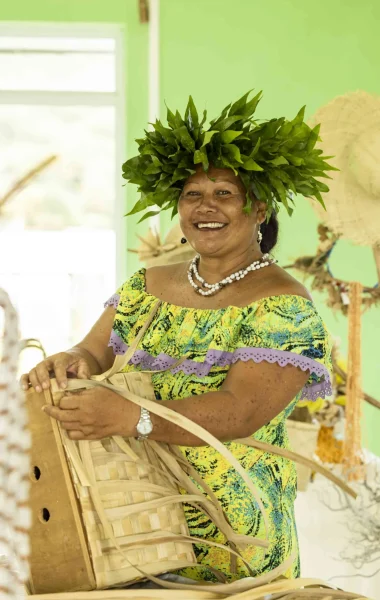
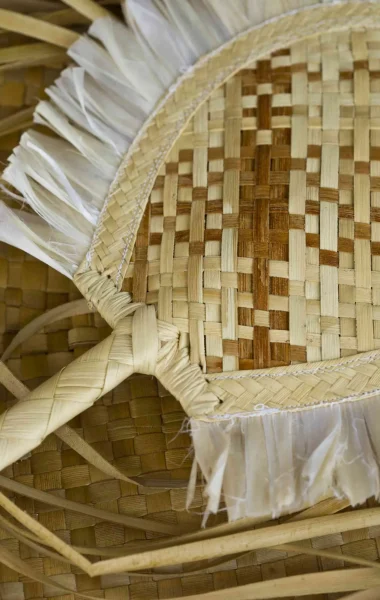
You’ll also enjoy
Activities in the Austral Islands
Experienced divers and beginners alike will enjoy the waters of the vast lagoon around the island of Tubuai. For picture postcard scenery that rivals Bora Bora and Moorea, visit Raivavae and take an excursion on the lagoon. You’ll be taken to ‘swimming pool motu‘ where the beach stretches as far as the eye can see.
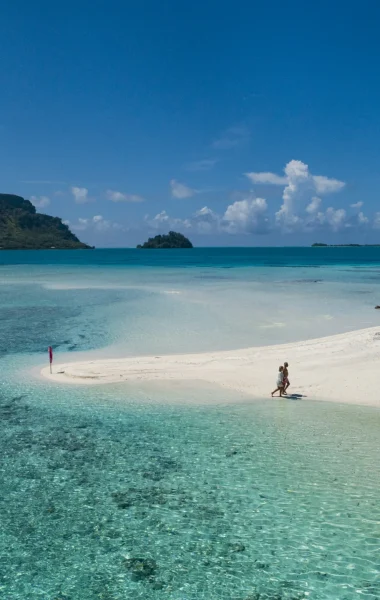

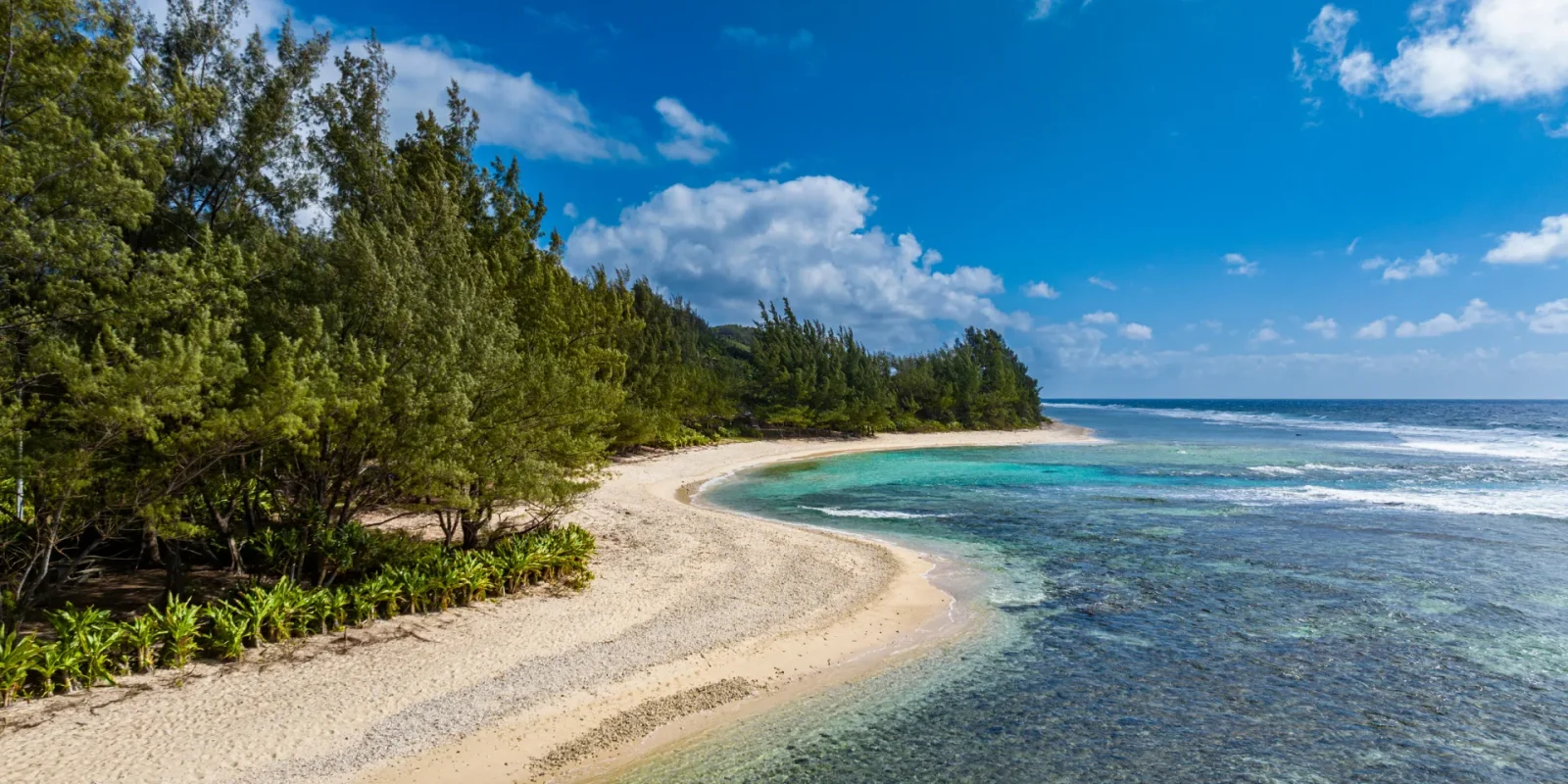
10 most beautiful spots of the Austral Islands
With breathtaking scenery, steep mountains and high plateaus, these islands are famous for their agricultural activities. You can find archeological remains hidden on each island, bearing witness to a well organized pre-European civilization, that had important religious and cultural practices.
Transport
Getting there and getting around
Air Tahiti flies to Tubuai, Rurutu, Raivavae and Rimatara from Tahiti- Faa’a. Or you can opt for a cruise on a mixed passenger ferry / cargo ship, the Aranui, which will also take you to the other inhabited island in the archipelago, Rapa, the southernmost island in French Polynesia. You can rent a car or bike, or even a horse, depending on which island you’re visiting. Your hosts at your Tahitian Guesthouse will be delighted to help with the preparation of your vacation.
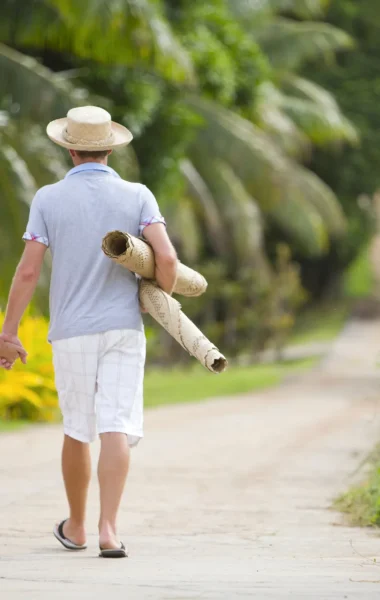
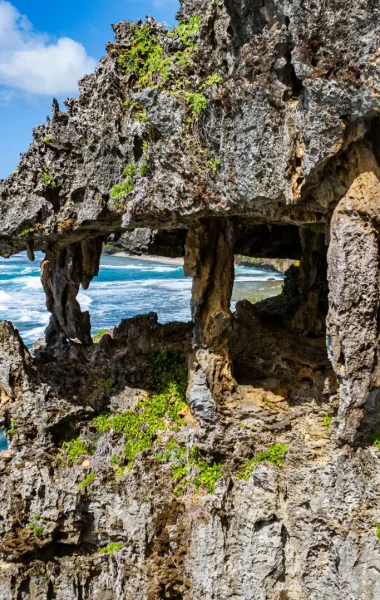
Be inspired
Experiences
Go for a picnic on ‘swimming pool motu’ in Raivavae, climb up Mount Taitaa in Tubuai, explore the caves of Rurutu, or participate in the traditional Tere A’ati festival. Just some of the ways to immerse yourself in the culture of the Austral Islands and get to know The Islands of Tahiti from a different angle.
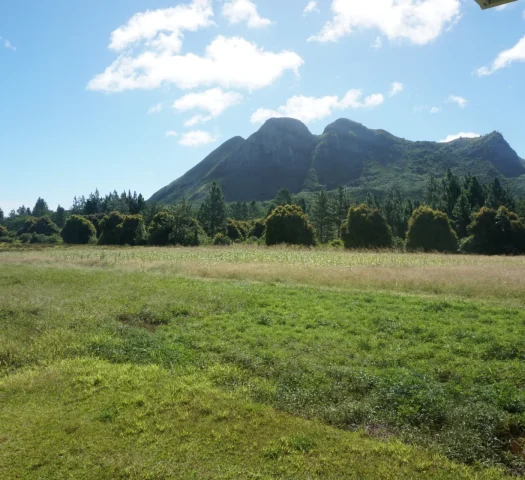
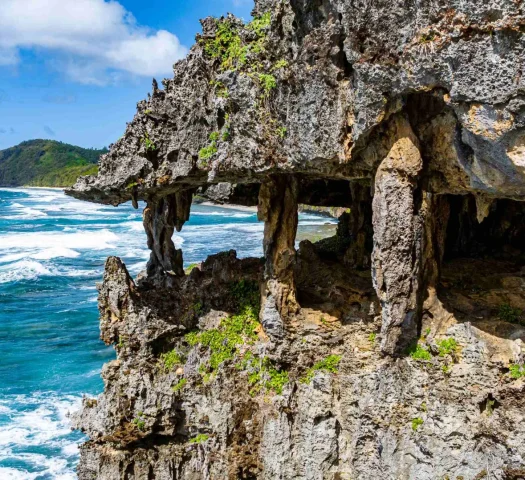
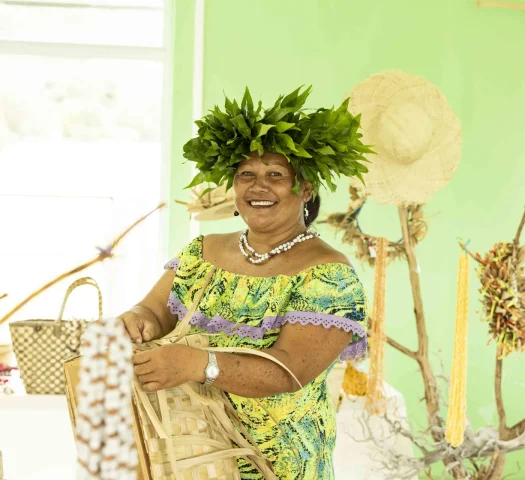
Vacation packages in the Austral Islands
Book your trip
Visit the remote Austral Islands and enjoy the authenticity and gentle way of life of the inhabitants of Tubuai, Rurutu, Raivavae, Rimatara and Rapa, islands where you can recharge your batteries and appreciate the essential things in life.
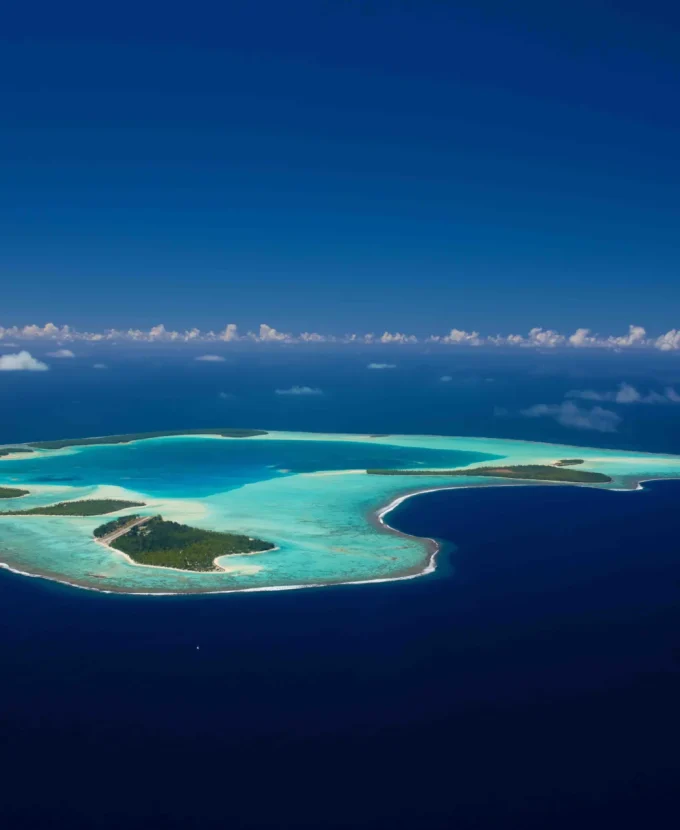
Plan the trip of your dreams
3 good reasons to book a travel agent
Certified Tahiti Specialist
has in-depth knowledge of the destination, enabling us to offer you unique activities and experiences.
Your customized agent
to suit your preferences and budget.
Your agent assists you
throughout your stay to make every moment of your trip a memorable one.
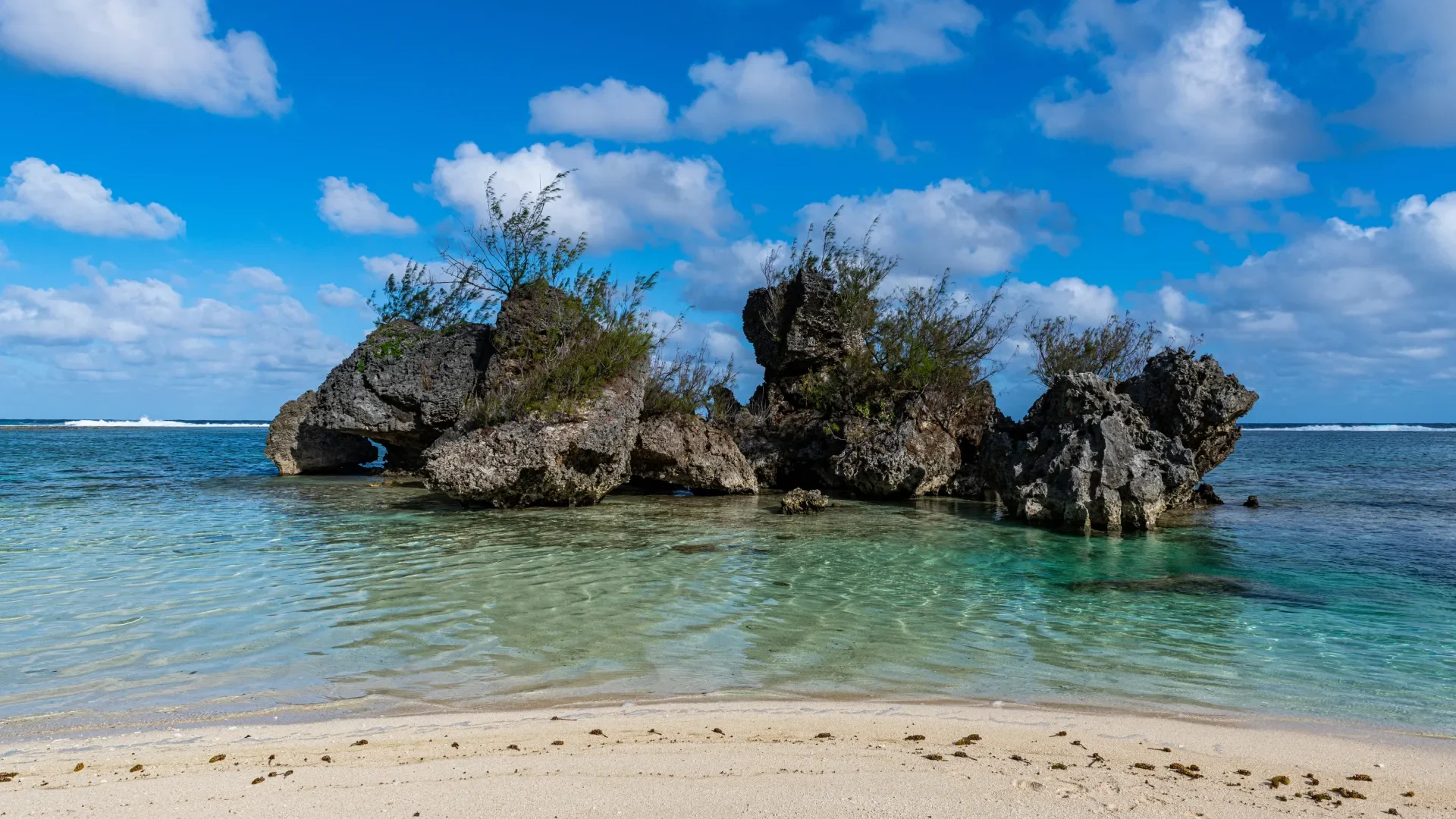
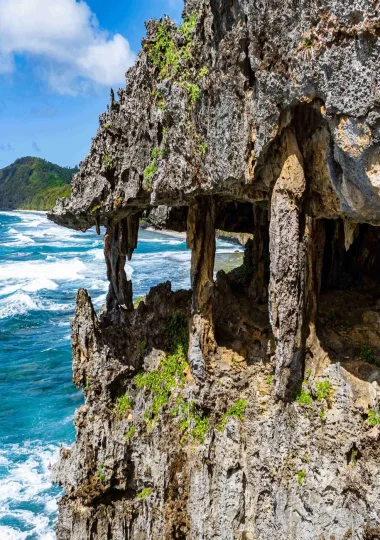
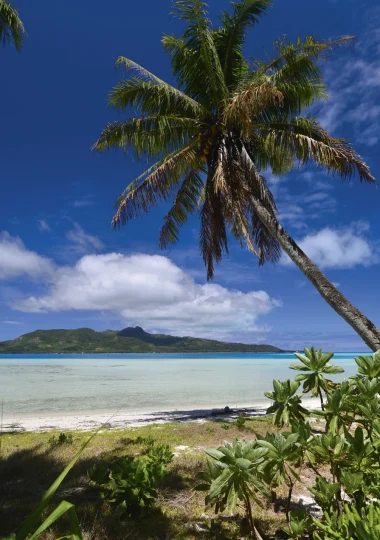
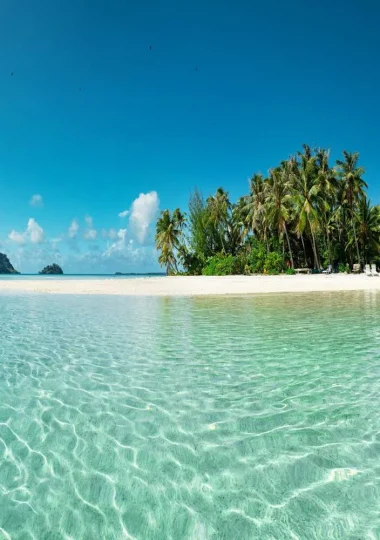
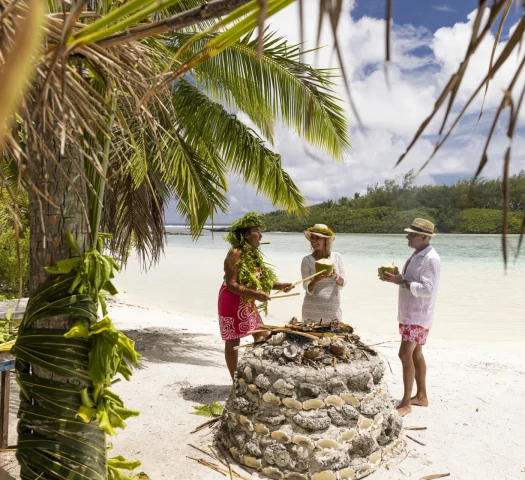
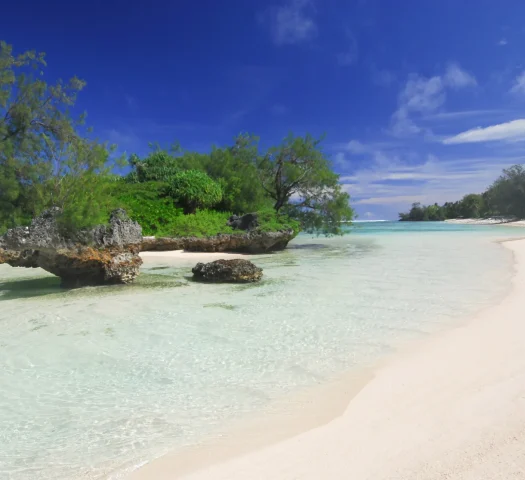
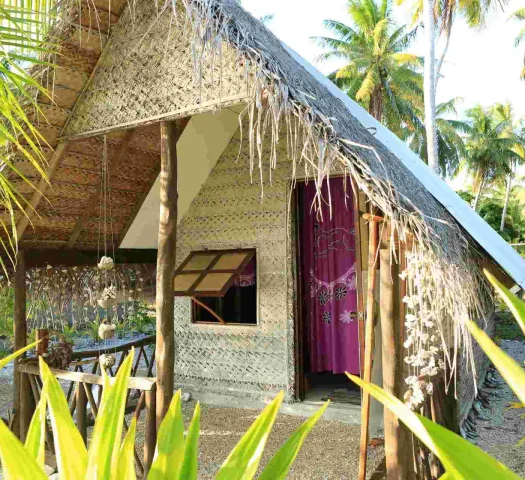
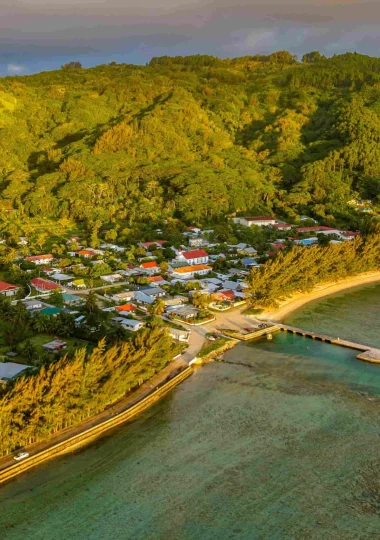
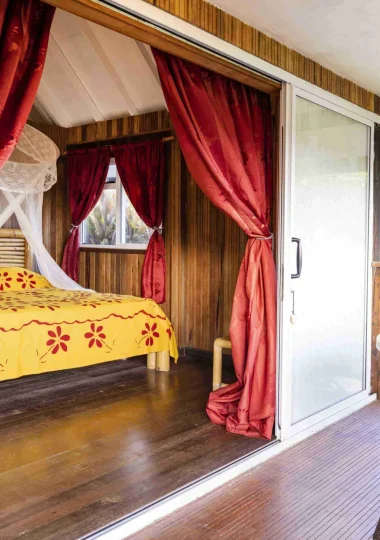
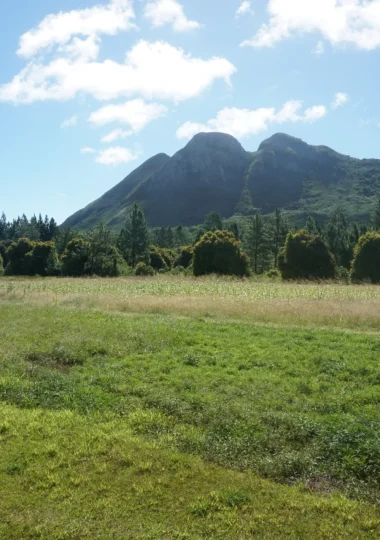



 América del Sur
América del Sur
 Australia
Australia
 Belgique
Belgique
 Brasil
Brasil
 Canada (EN)
Canada (EN)
 Canada (FR)
Canada (FR)
 Deutschland
Deutschland
 España
España
 France
France
 Italia
Italia
 Mexico
Mexico
 Polynésie française
Polynésie française
 New Zealand
New Zealand
 Schweizerisch (DE)
Schweizerisch (DE)
 Suisse (FR)
Suisse (FR)
 United Kingdom
United Kingdom
 United States
United States
 한국
한국
 中国
中国
 日本
日本